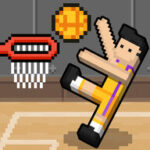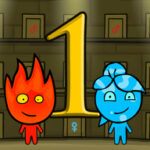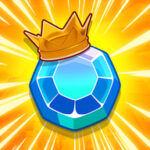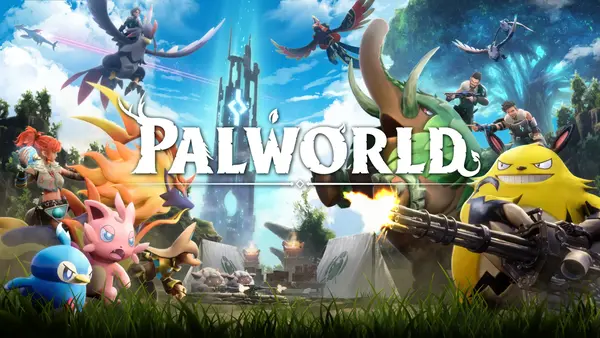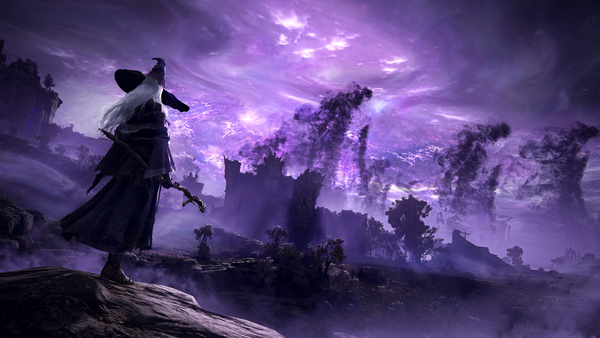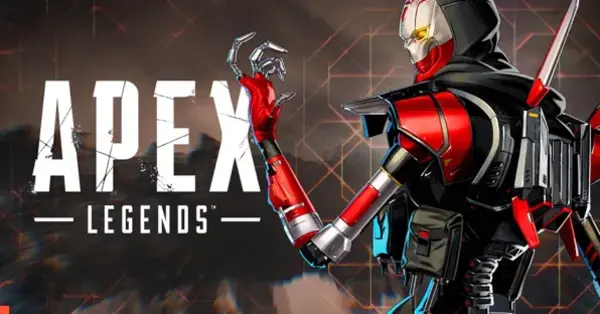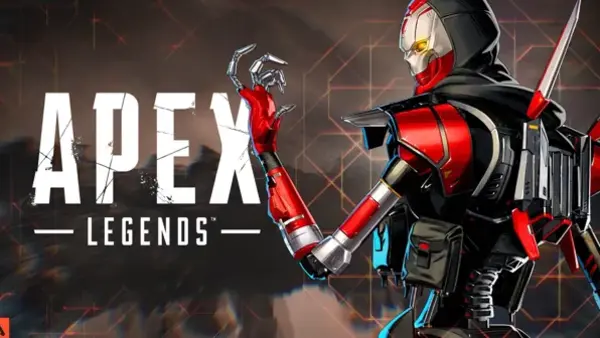The Legend of Zelda – A Timeless Journey Through Gaming History and Imagination
Few video game series have influenced the industry—and the hearts of players worldwide—like The Legend of Zelda. Born in the 1980s, it evolved from 8-bit dungeons into sprawling open worlds, always anchored by the themes of courage, wisdom, and power.
In this in-depth article, we’ll explore the origins, defining gameplay, storytelling magic, major titles, and why even after decades, Zelda remains gaming royalty.
1. The Birth of a Legend: Origins of Zelda
H3: Shigeru Miyamoto’s Vision
-
Released in 1986 on the Nintendo Entertainment System (NES).
-
Inspired by Miyamoto’s childhood adventures exploring forests, caves, and lakes in rural Japan.
-
Goal: blend action, puzzle-solving, and free exploration into one seamless experience.
H4: Early Innovation
-
One of the first games to include an internal save feature (thanks to battery-backed cartridges).
-
Allowed players to tackle dungeons in different orders—a radical idea at the time.
From the beginning, Zelda valued freedom and discovery.
2. Gameplay Foundation: Exploration Meets Puzzle
H3: Core Elements
-
Open-ended exploration.
-
Dungeon design mixing combat and puzzles.
-
Iconic tools: bombs, boomerang, hookshot.
H4: Why It Resonates
-
Players feel smart for solving puzzles.
-
The world feels alive: secrets hide everywhere.
-
Progression is tied to mastery, not just leveling up.
This gameplay loop is still central in modern entries.
3. Story & Themes: Courage, Wisdom, Power
H3: The Triforce
-
Three golden triangles symbolizing:
-
Courage (Link)
-
Wisdom (Zelda)
-
Power (Ganon/Ganondorf)
-
H4: Recurring Roles
-
Link as the silent hero.
-
Zelda as the wise princess, often playing key strategic roles.
-
Ganon/Ganondorf as the embodiment of ambition and corruption.
Even with timeline shifts, these archetypes create continuity.
4. Major Milestones: Key Titles That Shaped Zelda
H3: The Legend of Zelda (1986)
-
Pioneered non-linear design.
H3: A Link to the Past (1991)
-
Introduced Light & Dark Worlds mechanic.
H3: Ocarina of Time (1998)
-
First 3D Zelda; redefined action-adventure gaming.
-
Context-sensitive controls and lock-on targeting (Z-targeting).
H3: Breath of the Wild (2017)
-
Fully open world.
-
Emergent gameplay: physics, chemistry, and freedom.
Each landmark title set industry standards.
5. Music & Atmosphere: More Than Background Sound
H3: Koji Kondo’s Soundtracks
-
Iconic melodies like the Overworld Theme and Zelda’s Lullaby.
-
Adaptive music changes tone during exploration or danger.
H4: Emotional Depth
-
Subtle piano notes in Breath of the Wild echo loneliness.
-
Majora’s Mask uses unsettling music to heighten its eerie mood.
Zelda proves music isn’t decoration—it’s storytelling.
6. Artistic Evolution: Pixel Art to Open-World Beauty
H3: Changing Styles
-
NES pixel art → SNES vibrant sprites → N64 low-poly models.
-
Toon-shaded style in Wind Waker was divisive at first, now beloved.
H4: Breath of the Wild & Beyond
-
Hand-painted look balances realism with timelessness.
-
Designs feel like living illustrations rather than hyper-realistic graphics.
Art keeps Zelda accessible and iconic across generations.
7. Zelda and Open World Design: Influencing an Industry
H3: Breath of the Wild’s Impact
-
“Climb anything, go anywhere” philosophy.
-
No forced path; even final boss reachable early.
H4: Beyond Zelda
-
Games like Genshin Impact, Elden Ring, and Immortals Fenyx Rising took notes.
-
Encouraged design that rewards curiosity, not just checklisting.
Zelda turned open worlds from maps into playgrounds.
8. Pros & Cons: A Balanced Look
Pros
-
Masterful blend of exploration, combat, and puzzles.
-
Rich, timeless art and music.
-
Consistent innovation across decades.
-
Accessible to newcomers yet deep for veterans.
Cons
-
Story sometimes predictable due to repeating archetypes.
-
Some fans miss classic linear dungeon structure.
-
Occasional hardware limitations impact ambition (e.g., frame drops).
-
Sparse voice acting (until recent titles).
Despite flaws, few series age this gracefully.
9. The Community: Cosplay, Speedruns & Fan Works
H3: Beyond the Games
-
Fans create music covers, art, fanfiction, and cosplay.
-
Annual marathons like Zelda Dungeon Marathon raise money for charity.
H4: Speedrunning Culture
-
Titles like Ocarina of Time remain popular speedrun targets.
-
Techniques like “wrong warp” show player creativity.
Zelda’s community keeps its magic alive between releases.
10.The Future: Where Zelda Might Go Next
H3: Tears of the Kingdom & Beyond
-
Builds on Breath of the Wild’s systems.
-
Floating islands and expanded crafting.
H4: Wishlist from Fans
-
Return of classic dungeons.
-
Playable Zelda.
-
Even deeper physics and chemistry systems.
Nintendo is known for surprises—and Zelda often leads its boldest innovations.
Final Rating (Expert View)
-
Gameplay design: ⭐️⭐️⭐️⭐️⭐️
-
Art & music: ⭐️⭐️⭐️⭐️⭐️
-
Narrative depth: ⭐️⭐️⭐️⭐️
-
Innovation over time: ⭐️⭐️⭐️⭐️⭐️
Overall: ⭐️⭐️⭐️⭐️⭐️ (5/5) – a genre-defining masterpiece that keeps evolving.
Conclusion: Why The Legend of Zelda Endures
The Legend of Zelda isn’t just a game series—it’s an ongoing conversation between creators and players about curiosity, courage, and discovery.
Across decades, it’s shown us that the true treasure isn’t always the Triforce, but the sense of wonder we feel every time we step into Hyrule.
Few series remain this beloved, this innovative, and this magical—generation after generation.














